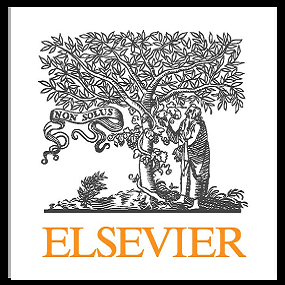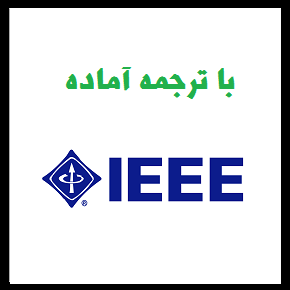دانلود مقالات 2017 با ترجمهدانلود مقالات امرالد با ترجمهسالمقالات انگلیسی علوم تربیتی با ترجمهمقالات انگلیسی مدیریت و برنامه ریزی آموزشی با ترجمهناشر
مقاله انگلیسی ارتقاء کیفیت با توسعه ی برنامه درسی (2017 امرالد)


| عنوان فارسی مقاله | ارتقاء کیفیت با توسعه ی برنامه درسی |
| عنوان انگلیسی مقاله | Quality improvement in curriculum development |
| نمونه مقاله انگلیسی | Viewpoint The principles of quality improvement (QI) are well-established in the health-care environment. It is, therefore, no surprise that there is a growing emphasis on teaching patient safety principles and QI processes as part of medical education. This is a laudable goal considering that when medical students graduate and work as physicians they will be called upon to take leadership roles and participate in various QI activities at all levels of the health-care system – from individual clinical practice environments to large health institutions. Classroom, modular, online teaching of QI principles and trainee participation in clinical settings are helpful ways to teach QI principles and processes (Wong et al., 2012; Liao et al., 2015). In the 2013-2014 academic year, the Faculty of Medicine at Memorial University of Newfoundland launched an undergraduate medical education curriculum renewal process based on the concept of a spiral curriculum. In a spiral curriculum, students are introduced to concepts repeatedly during their program of studies with increasing levels of complexity each time a topic is revisited (Harden and Stamper, 1999). That same year, the size of the incoming undergraduate medical education class expanded from 60 to 80 students. Curriculum renewal and an increase in class size brought myriad logistical issues and challenges. Understandably, this situation led to high levels of stress for students (and curriculum planners) and commensurate levels of anxiety. These circumstances presented a unique opportunity to teach quality improvement by involving students in the ongoing development and continuous improvement of their undergraduate curriculum through the implementation of quality circles and other related QI activities. Most of the challenges associated with implementing a new curriculum and expanding class size were because of curricular content changes, sequencing of class sessions, developing new evaluation methods or modifying assessment plans. Those responsible for evaluation of the undergraduate medical education program believed this was an opportunity to develop more timely and responsive course evaluation processes. The previous curriculum had been characterized by short, topic-specific courses based on a systems approach to medical education. In the “old curriculum” courses and instructors were evaluated at the end of each semester. The new curriculum required a more timely and responsive formative evaluation process. One of the criticisms of the previous approach to course evaluation was that any required changes or improvements could only be implemented in the following academic year, meaning the class providing the feedback would not necessarily benefit. With the new spiral curriculum, topics were integrated into longer courses taking place within phases or segments of the curriculum distinguished by theme or overall health stage of patients. The three phases comprising the first two years of medical school are as follows: Phase 1, the healthy person; Phase 2, the patient with acute and/or episodic problems; and Phase 3, the patient with chronic medical conditions. There were changes taking place on many levels, and this rendered the traditional approach to course and faculty evaluation inadequate or not responsive to meet the needs of students, faculty or administrators. |
| سال انتشار | 2017 |
| ناشر | امرالد |
| مجله | رهبری در خدمات تندرستی – Leadership in Health Services |
| کلمات کلیدی | آموزش ، کیفیت، بهبود کیفیت، برنامه درسی پزشکی |
| کلمات کلیدی انگلیسی |
Education, Quality, Quality improvement, Medical curricula |
| صفحات مقاله انگلیسی | 6 |
| مناسب برای رشته | علوم تربیتی |
| مناسب برای گرایش | مدیریت و برنامه ریزی آموزشی |
| توضحیات | این مقاله انگلیسی جدید بوده و تا کنون ترجمه نشده است. جهت ثبت سفارش ترجمه از لینکهای زیر استفاده نمایید. |
| دانلود مقاله انگلیسی | ○ دانلود رایگان مقاله انگلیسی با فرمت pdf (کلیک کنید) |
| سفارش ترجمه فارسی | ○ سفارش انجام ترجمه و تایپ این مقاله (کلیک کنید) |
| سایر مقالات این رشته | ○ مشاهده سایر مقالات رشته علوم تربیتی (کلیک کنید) |



